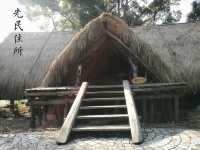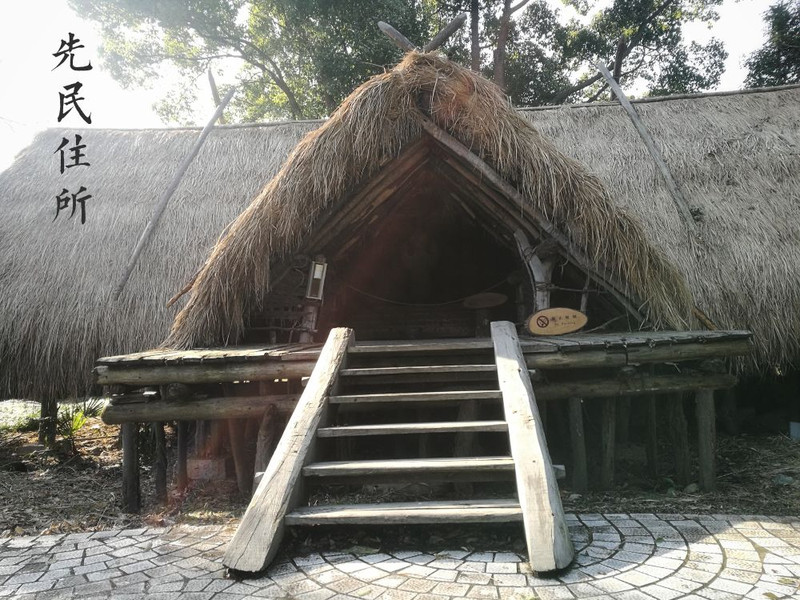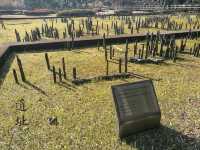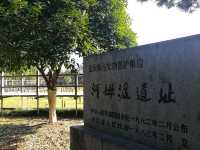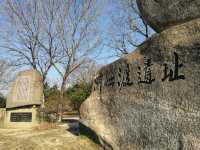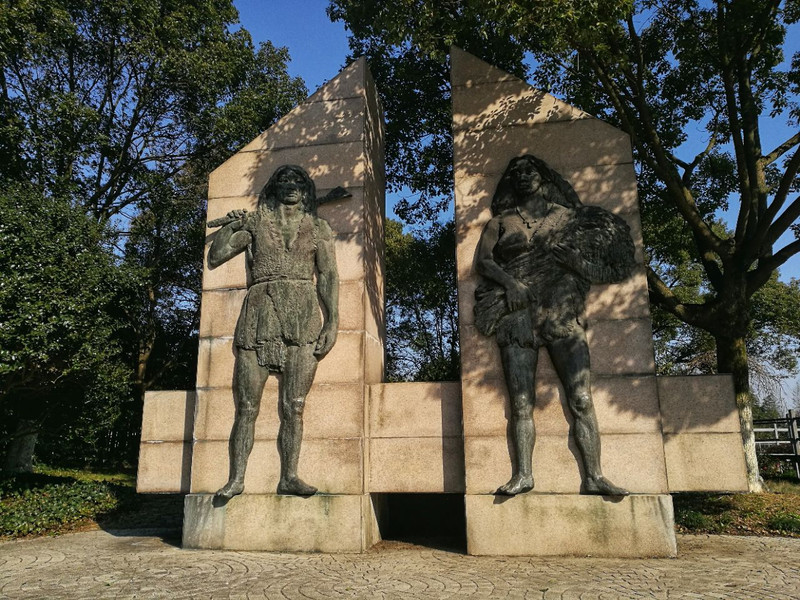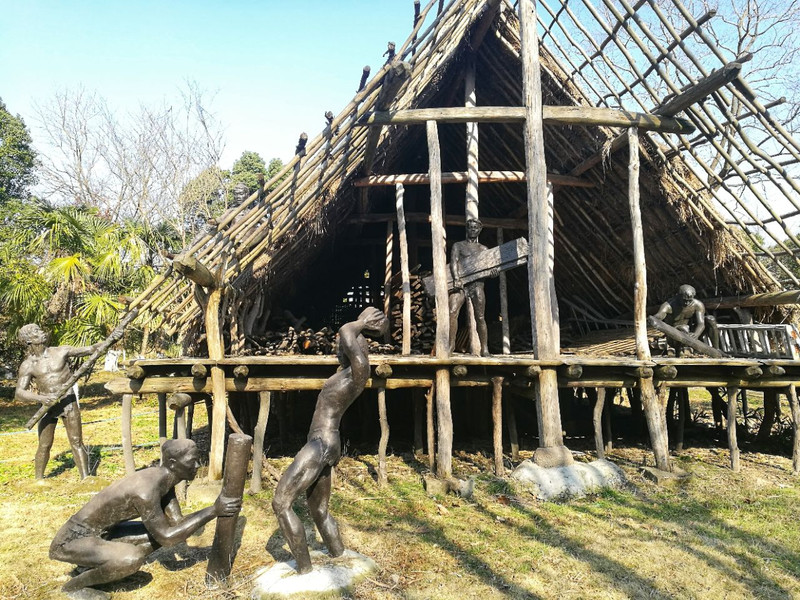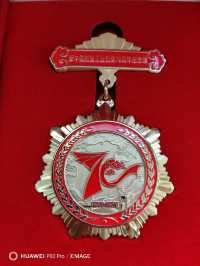The 7,000-year-old civilization is still worth visiting. The sky is blue and the sea breeze rushes. Only when there is a shelter in the sun can we feel comfortable. This is a school, let people feel the living life of their ancestors, their hard work and the difficulty of evolution. Museum is near the gate of 405 bus. I went to Xiandao from the city to dozens of places. I went straight to the site without going to the museum. About a few hundred meters later, they arrived. They saw many stumps. They were broadcasted and explained that Fang Zhi used the man-made house of his forefathers, and there were 7,000 wooden wells. Passing through this period, we can see the life of the ancestors imitated in our imagination. There are houses and sculptures, but they are vivid. After that, I went to the ancient pier and then returned to see the museum, which was also fruitful. The scenic spot is free and the return journey is inconvenient, so we have to take 405 bus, 11:30, 2 yuan per person.
;
Hemudu Ancient Village Review
4.6 /536 Reviews
Popular Destinations
Osaka Prefecture Travel | Daanbantayan Travel | Jeddah Travel | Datong Travel | Ormoc Travel | Johor Bahru Travel | New Zealand Travel | New Delhi Travel | India Travel | Toyako Travel | Athens Travel | Port Melbourne Travel | Sri Lanka Travel | Delhi Travel | Qionghai Travel | Mui Ne Travel | Riga Travel | Caldas Novas Travel | Taormina Travel | State College Travel | South Point Travel | Highlands County Travel | Cleveland County Travel | Provence Travel | Harbin Travel | Subiaco Travel | San Antonio de Areco Travel | Dilijan Travel | Matara Travel
Recommended Attractions at Popular Destinations
Bangkok attraction near me | Tokyo attraction near me | Manila attraction near me | Hong Kong attraction near me | Seoul attraction near me | Taipei attraction near me | Los Angeles attraction near me | New York attraction near me | Shanghai attraction near me | Kuala Lumpur attraction near me | Shenzhen attraction near me | Osaka attraction near me | Singapore attraction near me | London attraction near me | Guangzhou attraction near me | San Francisco attraction near me | Beijing attraction near me | Macau attraction near me | Bali attraction near me | Paris attraction near me | Orlando attraction near me | Jakarta attraction near me | Ho Chi Minh City attraction near me | Chicago attraction near me | Phuket attraction near me | Toronto attraction near me | Dallas attraction near me | Istanbul attraction near me | Cebu attraction near me | Seattle attraction near me
Popular Attractions
Huangge Ancient Road | Jinli Street Ancient Street | Maru Koala and Animal Park | Chengdu Research Base of Giant Panda Breeding | The Bromley Collection Museum @ The Old Castlemaine Gaol - Gallery & Events | The Metropolitan Museum of Art | Featherdale Sydney Wildlife Park | Dujiangyan Irrigation System | Hong Kong Disneyland | Tianmen Mountain | Nanxun Ancient Town | Babylon Nightclub | Tubatse Chrome Club | TANAH LOT TEMPLE | Fremantle Arts Centre | Yuantong Temple | Shanghai Maglev Train | American Museum of Natural History | VILLA PARK | Playa LA AZOHIA | Biblioteca comunale di Villanova Truschedu | Awash Waterfall | Safilguda Lake Park | Panchmukhi Hanumanji Temple | Skate park | Bibliothèque des Métiers d'Art & des Techniques (BiMA) | Office National des Forêts (O.N.F) | SANTOSHI MATA TEMPLE | Hunter Valley Wildlife Park | Sydney Tower Eye
Popular Travelogues
Bangkok Travelogue | Tokyo Travelogue | Hong Kong Travelogue | Seoul Travelogue | Los Angeles Travelogue | New York Travelogue | Shanghai Travelogue | Kuala Lumpur Travelogue | Shenzhen Travelogue | Osaka Travelogue | London Travelogue | Singapore Travelogue | Beijing Travelogue | Macau Travelogue | Bali Travelogue | Paris Travelogue | Phuket Travelogue | Toronto Travelogue
Payment Methods
Our Partners
Copyright © 2024 Trip.com Travel Singapore Pte. Ltd. All rights reserved
Site Operator: Trip.com Travel Singapore Pte. Ltd.
Site Operator: Trip.com Travel Singapore Pte. Ltd.
